As
said several times, the usage of the IV Sardinia issue and of the two values
for newspapers was extremely large: several were the printings, huge the number
of printed pieces, especially of the most used values.
It is also for this reason that the study of this issue is very interesting
and diversified, but also very complex.
Out of so many important details there is a "source" of info very
precious that often is forgotten or not well considered by the collectors
despite it's almost always very cheap; it's the study of the so called "printing
house waste".
Under this name, very generic one (they are sometimes called also trials,
gross trials, waste etc.) are defined several type of "stamps";
between them at least 4 are significant:
1) The real "printing
waste", that is pieces that for different reasons did not
"come out" as per established criteria; paper jams or defects,
misalignment of the tools, different errors during the process, did generated
pieces quite different from the usual ones and therefore not suitable to be
put in commerce.
2) The "machine
trials": these are sheets used to make checks on printing
inks, on eventual maintenance interventions on the plates, on the alignment
of the printing system and of the plate etc.; they are almost always stamps
not completed, missing the effigy, without gum, with duplicated printings
several times used to print various prints of the same or different values,
both on the same side or on both sides.
3) The "cleaning
sheets": there were used to clean the printing tools, by having
them going through the machine even several times to get rid of non correct
inking, too abundant or wrong in the shade.
4) "Printing remainders not yet completed":
these are sheet of stamps not completed, normally without effigy and without
gum; they were put on the philatelic market in huge quantity at the first
years of 1900 when the Archives of the Matraire production were found.
The study of these "abortions" (I apologize for the term)
is very important in several occasions, to study the plates, the inks and
many details. In addition due to the relative easy availability, they represent
an economic and large source of material for study.
They can be found in blocks, in stripes, in sheets. The exact typology and
classification is not possible, because they show up in forms and varieties
that are infinite.
I present here some piece that are really curious and strange (Fig. 1 to
17), nice to be inserted in a collection more or less for specialists.
At last, I want to ring the bell on the fact that the abundance of these pieces
gave the opportunity to forgers to create very rare pseudo-varieties: often
stamps not yet completed have been regummed, by printing false effigies, may
be upside down or multiple to cheat the collectors; often only the analysis
of a good expert may uncover a fraud under what at the first sight may appear
to be a very genuine rarity (let's not forget that paper ink and printing
are absolutely genuine!). The genuine effigies upside down or missing are
really rare.
ATTENTION therefore to the people who sell for few bucks masterpieces found
in some drawers of the grandpa...
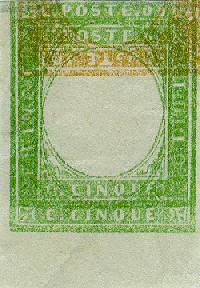 |
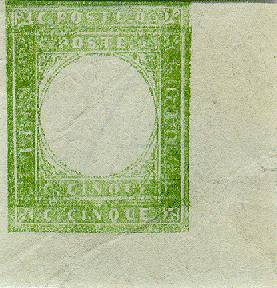 |
|
Fig
1-1a: waste of the 5 centesimi, with multiple printing.
The left value presents also a partial print upside down of the 10 centesimi |
|
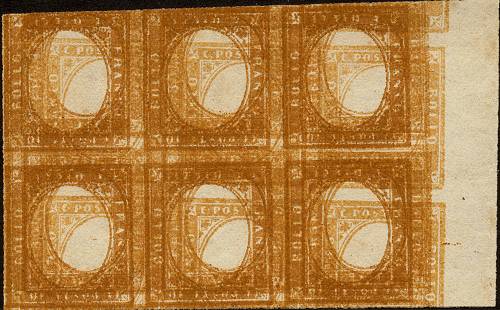
Fig
2: machine trial or cleaning waste of the 10 centesimi,
with multiple inverted printings

Fig
3: cleaning waste of the 10 centesimi, with false effigy upside
down...
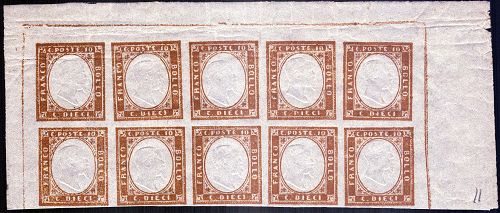
Fig
4: remainders of printing of the 10 centesimi, with full borders;
please note the composition line, usually not visible on the sold pieces.
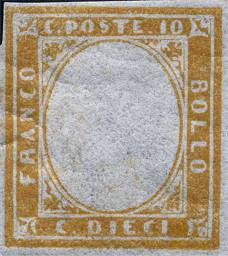 |
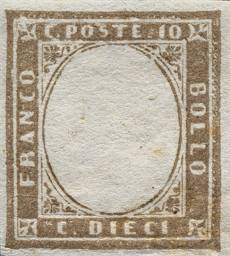 |
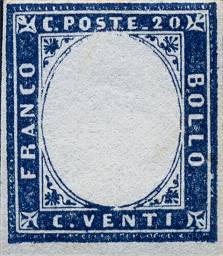 |
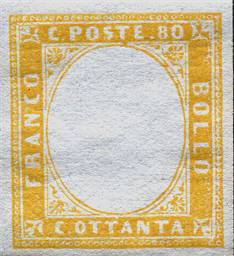 |
|
Fig
5/8: remainders not completed: it's easy to understand how
a forger
can emboss false effigies upside down and call them rarities! |
|
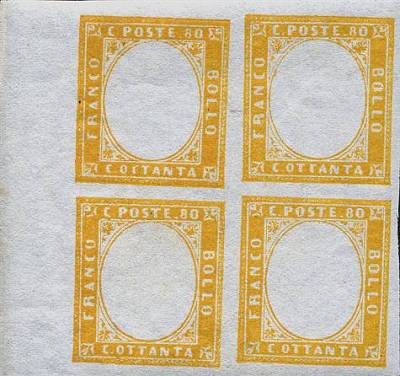
Fig
9: printing remainder of the 80 centesimi, not completed
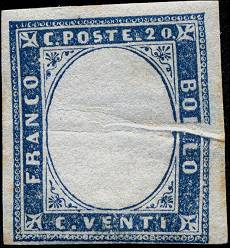 |
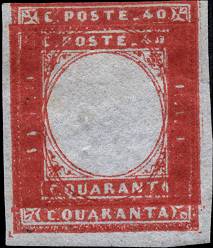 |
|
Fig
10-11: 20 centesimi discarded for evident paper fold and
40 centesimi used to clean the printing machine |
|
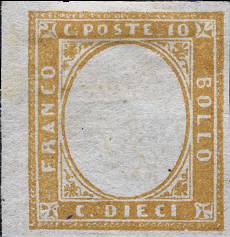 |
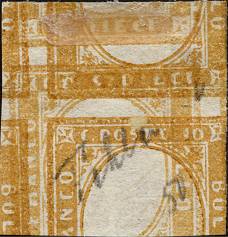 |
|
Fig
12-12a: 10 centesimi with front/back printing; the sheet, discarded,
was reused to clean the machine |
|
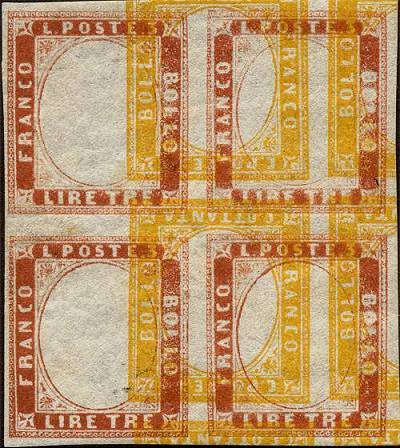
Fig
13: color trials of the 3 lire and 80 centesimi
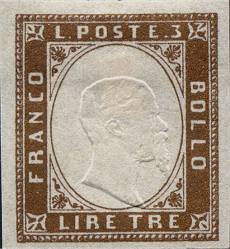 |
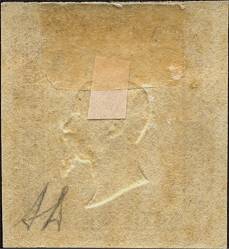 |
|
Fig
14-14a: printing remainder of the 3 Lire:
the part has been regummed and a false effigy has been embossed. Even the Diena signature on the back is a forgery! |
|
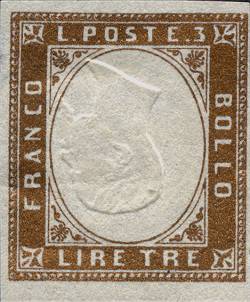
Fig
15: printing remainder of the 3 lire, with false effigy
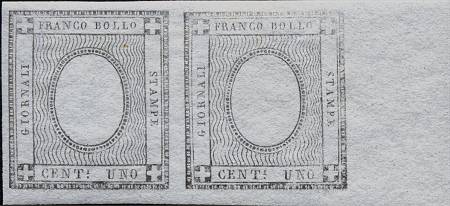
Fig
16: printing trial or remainder of the 1 centesimo, not completed
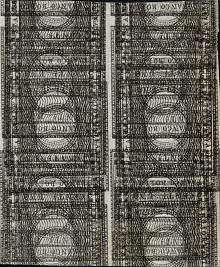 |
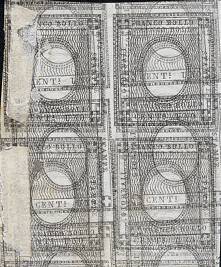 |
|
Fig
17-17a: color test of the 1 centesimo (or cleaning sheet
of the machine) printed front/back several times; please note the evident shade difference |
|